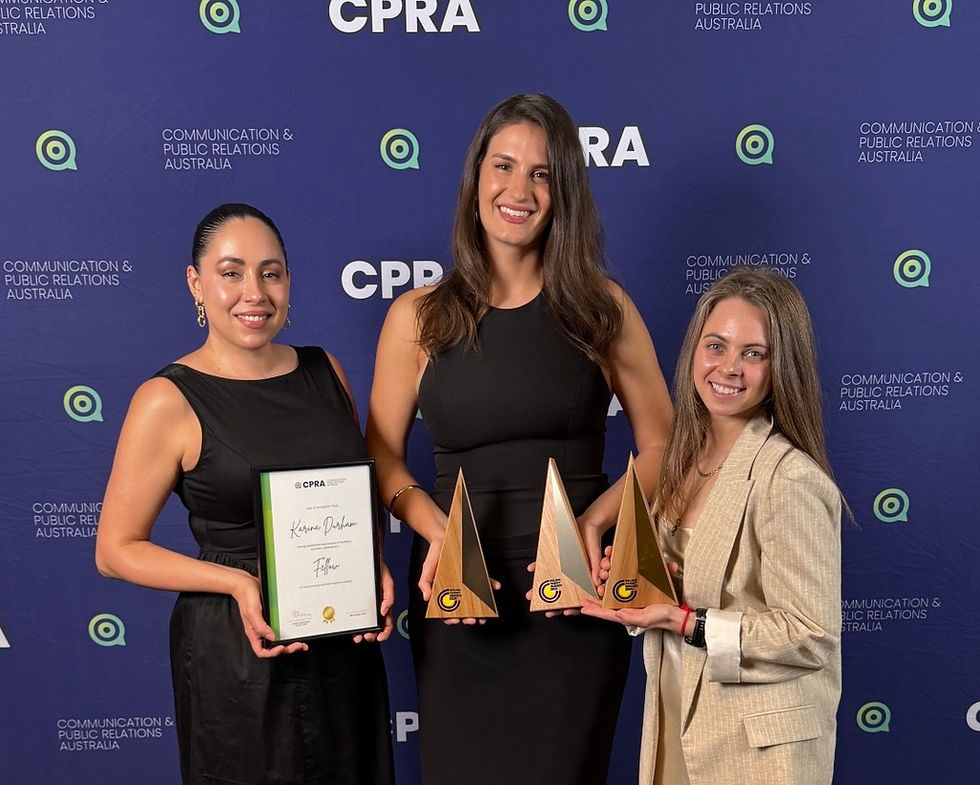Explaining creativity in earned media
- anastasiia23
- Mar 1, 2024
- 2 min read
Blog written by Martin Palin

Terms like “thinking outside the box”, “pushing the envelope”, “developing stretch ideas” and the general concept of “creativity” mean different things to different people.
The client appetite for creativity is insatiable, even if not all of them can explain exactly what it means or looks like to them in the context of every individual brief.
Having worked on the client side of major government campaigns in partnership with high profile advertising agencies, I can certainly testify to the intoxicating experience of having brilliant “creatives” present amazing ads, straplines and campaign themes. At the Health Department we had John Bevins and J Walter Thompson as agencies with their amazing views over the harbour and some of the most creative minds in the history of Australian advertising.
They were the masters of the resources that you owned and the media you bought.
Creativity in owned and paid media looks very different (and is executed differently) than creativity in earned media. This is especially true in the highly regulated healthcare sector.
Owned media provides clients with the ability to have control over the content they produce. Social content is good example of this, because social engagement is driven by creative videos, dynamic multimedia graphics and the creative use of new channels.
In comparison, you can’t completely control a story in genuinely earned media. You provide the ingredients and you work with the producer, editor or journalist to cook up something creative that THEY own; something that their audience will find compelling.
You provide the creative news angle, the celebrity talent, compelling personal case studies, the audio-visual resources and the IDEA of a story. Then it is theirs to produce.
We might develop a creative way to describe the impact of a disease (chronic obstructive diseases being like “breathing through a straw” or the impact of smoking in Australia being like “a jumbo jet full of people crashing every week”) and then watch as that is adopted by media outlets. We might employ creative tactics to find the right case study to bring an issue to life. If non-verbal dementia patients are unsuitable for media interviews, then perhaps we can find eloquent family members who can talk on their behalf? If a disease is triggered by a genetic abnormality then perhaps we can think laterally to find a celebrity or influencer who might have that gene in their own family.
At Palin Communications we’ve done all of the above and much more.
We think of it as creative earned media development. But we didn’t invent a hash tag, create a campaign or make an ad. We earn the right to have your story told but we leave the production to the media outlets that own the space.
From experience I must say that watching those earned stories run is just as enjoyable and intoxicating as coming across a brilliant paid ad.


